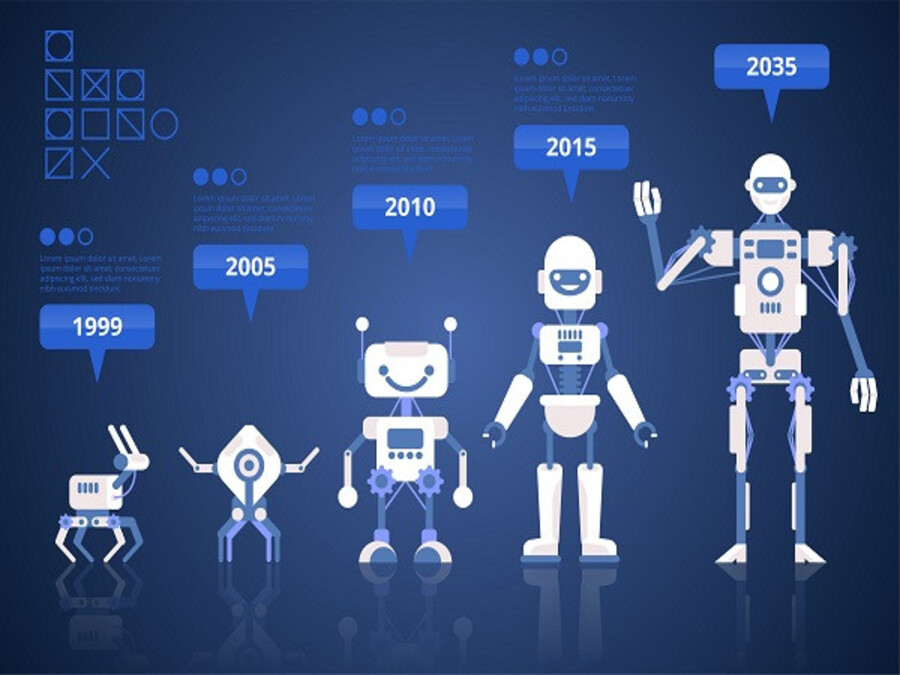Generative AI
One of the most revolutionary breakthroughs that the Information Technology (IT) sector is about to witness is Generative Artificial Intelligence (Generative AI). With machine learning and deep learning reaching previously unheard-of levels of sophistication, generative artificial intelligence (AI) is emerging as a disruptive force that has the power to completely transform the IT sector. We will examine the main features of generative artificial intelligence (AI), its uses, and its expected effects on several IT industry sectors.
Narrow AI is trained and intended to perform a single task or a small range of tasks. Although these systems are quite good at what they are meant to do, they are not as sophisticated cognitively as people. Recommendation algorithms, image recognition software, and virtual assistants are among the examples. Despite their apparent intelligence, many apps only function within predetermined parameters.
Strong AI:
Strong AI, also known as general AI, is a type of artificial intelligence that is like a person in that it can comprehend, acquire, and apply knowledge in a variety of fields. While still an aspirational objective, general artificial intelligence presents formidable ethical and scientific obstacles.
Concepts Behind AI :
A family of artificial intelligence models known as “generative AI” can produce fresh, original content. With generative models, artificial intelligence (AI) may produce original outputs, such as text, graphics, or even whole applications, in contrast to typical AI systems that follow preset rules and patterns. Neural networks, in particular, Generative Adversarial Networks (GANs) and Variational Autoencoders (VAEs), which allow computers to learn and recreate complex patterns from enormous datasets, are at the core of generative artificial intelligence.
Code creation:
By automating code creation, generative AI holds the potential to completely transform software development. One potent language model that can comprehend and produce code in a variety of programming languages is OpenAI’s Codex. This skill can lower human error rates, speed up development considerably, and increase output all around.
Cybersecurity:
Generative AI can be used to develop intelligent cybersecurity solutions considering the growing complexity of cyber threats. AI algorithms can strengthen IT systems’ defence mechanisms by using previous data to identify and react in real-time to new and evolving security threats.
Data Analysis and Insights:
Generative AI can analyze large-scale datasets, which can also produce useful insights. This can result in more accurate forecasts, better decision-making, and the identification of hidden patterns that people might miss in data-driven areas like banking and healthcare.
User Interface Design:
Creating intuitive and user-friendly user interfaces is a crucial part of developing software. By taking inspiration from established design trends and concepts, generative AI can help create user interfaces that are both aesthetically pleasing and functional.
Disruptive potential of AI:
Enhanced Efficiency:
A major boost in efficiency will result from the automation of repetitive processes like data analysis and code authoring. While monotonous tasks are handled by generative AI systems, developers can concentrate on more intricate and creative parts of software development.
Innovation Acceleration:
Generative AI gives IT workers more time to concentrate on innovation by automating monotonous chores. The industry’s rate of technical advancement can be accelerated by having the capacity to quickly prototype and test new concepts.
Skillset Evolution:
The IT industry’s skill set will change as generative AI gets more widely used. Working with AI systems will require professionals to adjust to new working conditions, grasp its potential, and use it to supplement their expertise.
Cost Reduction:
Businesses can save a lot of money thanks to the enhanced automation and efficiency that generative AI brings. This is especially true for the software development industry, where AI-powered solutions can expedite labor-intensive activities.
Conclusion:
With its potential to usher in a new era of automation, efficiency, and innovation, generative AI is poised to upend the IT sector. IT workers must modify their skill sets and welcome the collaborative possibilities of human-AI alliances as organizations use these technologies more and more. In the years to come, the industry will probably undergo a significant transition, with generative artificial intelligence (AI) playing a major part in changing the way information technology systems are developed, secured, and analysed. Accepting these changes will be essential to surviving and being competitive in the ever-changing IT sector.
Source

